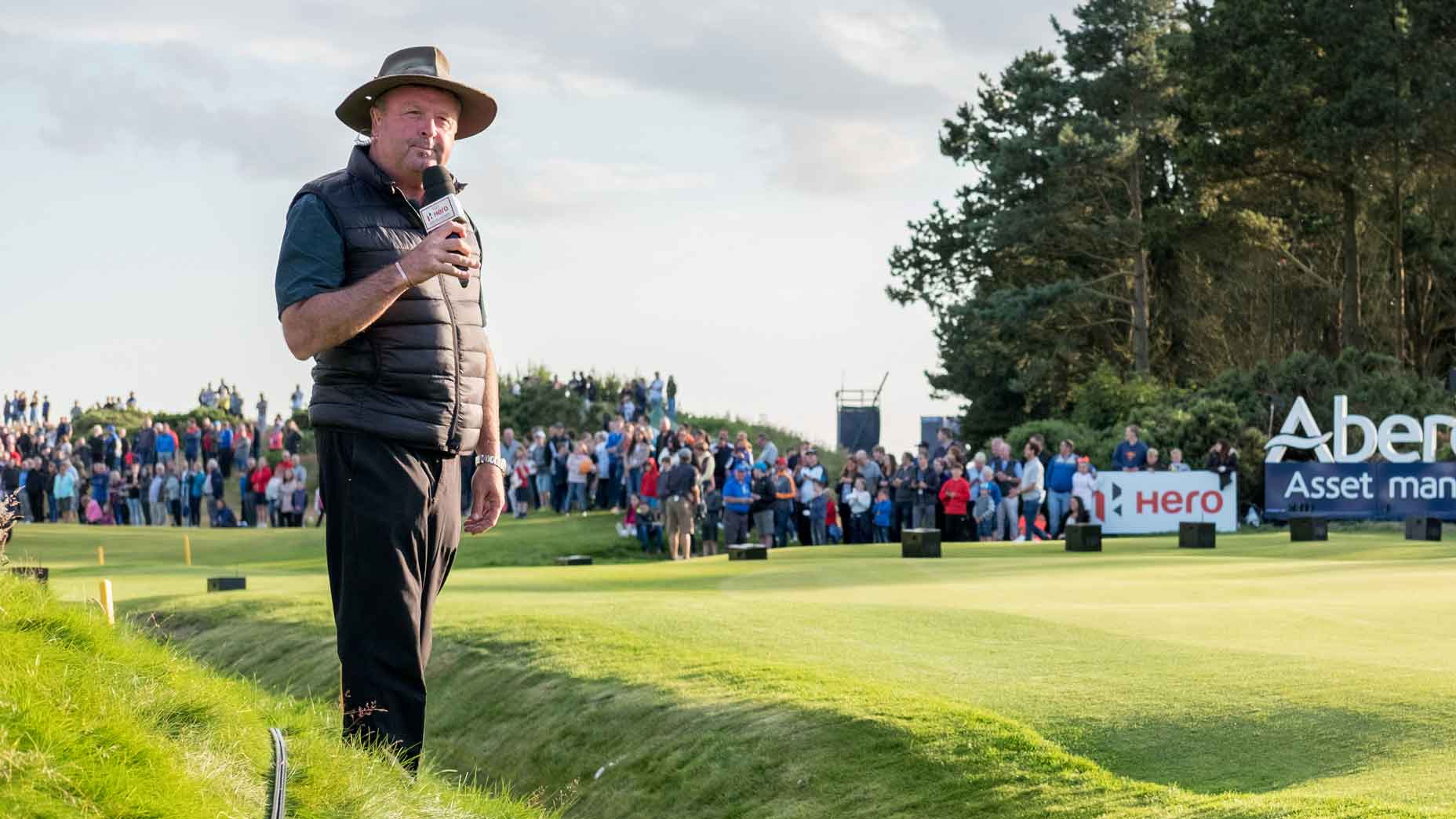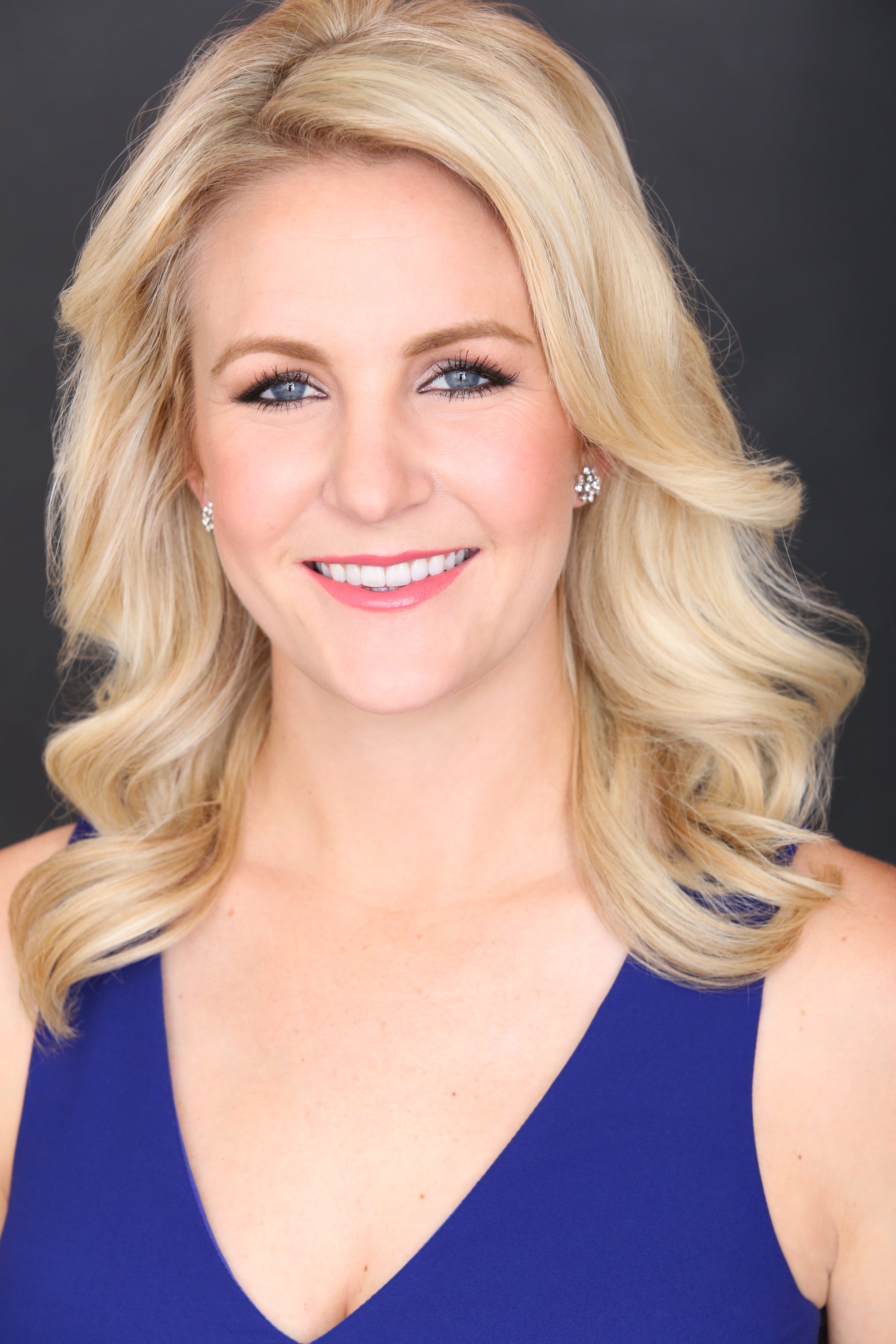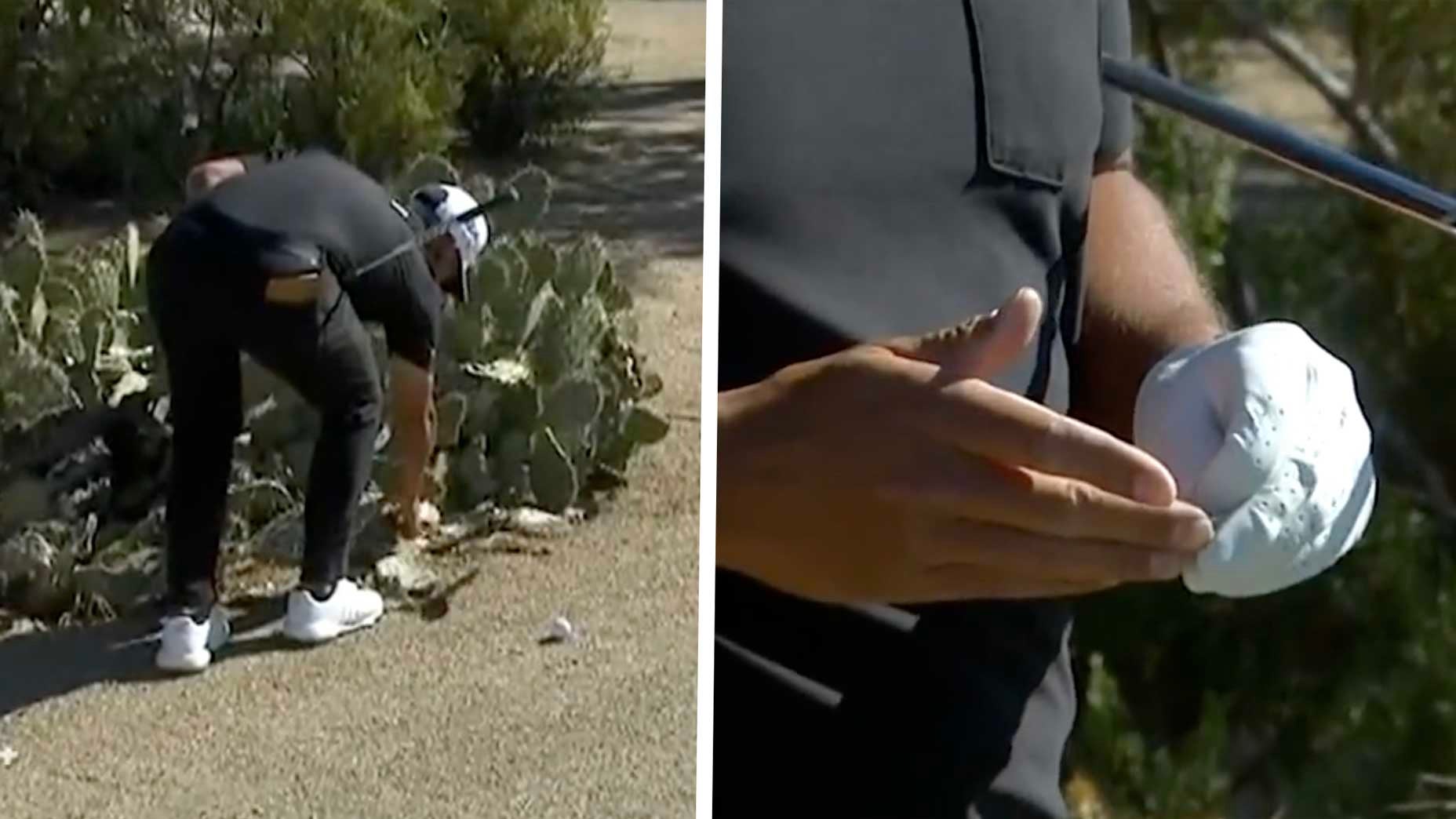
Australia’s Royal Melbourne is heralded as one of the best courses in the world.
Gary Lisbon
Australia has a long history of producing world-class players. From former greats like Peter Thomson and Greg Norman to modern major winners like Adam Scott, Jason Day and Karrie Webb, Aussies have made a huge impact on the global game.
On this week’s episode of Off Course with Claude Harmon, Harmon welcomed Australian up-and-comer Lucas Herbert as his guest. Herbert has notched three big-time victories over the last couple of years — two in Europe, and most recently, the Bermuda Championship on the PGA Tour, and is currently ranked 44th in the world. The two discussed a range of topics, among them what it is about growing up in Australia that sets Aussies apart from their peers.
“The golf courses aren’t long by any stretch,” Herbert began. “That’s probably the biggest thing. We’ve got a bunch of Aussies — guys, kids, a few different ages playing this week — that are Asian Tour players, and [the PIF Saudi International] is a really big event for them. It’s the biggest on the Asian Tour schedule. It’s so interesting to see the scores come through the first round here today, and it’s like, I can see how it’s such a disadvantage being an Australian for this golf course because it’s like, we’d never see rough like this. You’re never hitting more than probably a 8-iron into a par 4. Par 5s are basically all reachable in two. It’s all around the greens, it’s all about positioning. Basically, they’ll give you 30 yards right of the pin but just don’t miss it an inch left. Whereas this is such a different style of golf. It’s knocking the flags out, it’s target golf. There’s not as much strategy involved with it.”
Herbert said fairways are a premium, which sometimes takes the option of hitting driver away.
“It’s really good for our wedge game. I don’t think I’ve ever seen a bad bunker player from Australia. We’re all pretty phenomenal at greenside bunker play,” Herbert continued. “And even pitching numbers, we’re all pretty good at pitching numbers as well. It’s just interesting to see the difference. When we get to the States — say you’re playing a place like Torrey Pines, or a long golf course which is tree-lined. We hit it into the trees, we’re trying to hit punch shots through to the green where you’ll see a lot of Americans just punch out to 100 and try and wedge it to get up and down. We’re not used to playing out of rough, so there’s benefits and then there’s things that takes away from it.
“I think it’s good to have that base coming from the Sandbelt,” Herbert concluded. “But it’s really important that we get out of Australia and get used to playing, especially in thick rough, and definitely longer golf courses where it’s like, water both sides, out of bounds left, water right. You’ve got to stand up there and hit it.”
For more from Herbert, including how playing with the world’s best inspired him and how a change in midset led to his breakthrough win, check out the full interview below.










